Unveiling the Mysteries of Tombigbee River
Welcome to a captivating exploration of the Tombigbee River, a gem nestled in the heart of Alabama, USA. This river is not just a body of water; it’s a narrative woven with history, mystery, and a touch of the supernatural. Let’s delve into the secrets and stories that make the Tombigbee River a fascinating subject for both historians and ghost hunters alike.
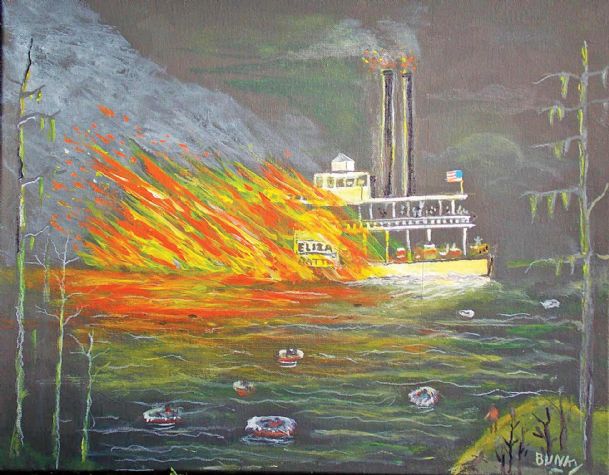
The Echoes of History Along the Tombigbee River
The Tombigbee River, with its sources in Mississippi, flows into Alabama, joining the Mobile River. Its name, derived from Choctaw words meaning “box maker,” hints at the river’s historical significance to the Native American tribes, particularly the Choctaws and Chickasaws. These tribes revered the river for its abundant resources and as a crucial transportation route.
European explorers stumbled upon this region in the mid-1500s, but it wasn’t until the 1800s that the river became a vital conduit for the cotton economy, with riverboats bustling along its waters, carrying goods to and from ports. The 20th century saw the creation of the Tennessee-Tombigbee Waterway, linking the Tombigbee to the Tennessee River, thereby opening new paths for navigation and trade.
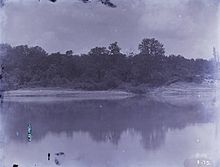
Legends and Lore: The Haunted Waters of Tombigbee
The Tombigbee River is shrouded in tales of the supernatural. Among the most chilling is the story of the “Ghost Ship of the Tombigbee.” Legend has it that the steamboat Eliza Battle met a tragic fate here in 1858, succumbing to flames and sinking during a stormy night, claiming over 30 lives. Since then, there have been eerie accounts of the ship’s apparition reappearing in the fog, a haunting reminder of its doomed voyage.
Another spectral resident is the “Witch of Horebe,” a recluse deemed a witch by local townsfolk. Shunned in life and in death, her spirit is said to linger by the riverbanks, where odd whispers and ghostly sightings stir the air.
These stories, while lacking physical evidence, are engrained in the local culture, adding a layer of mystique to the river’s already rich history.
Conclusion: A River of History and Hauntings
The Tombigbee River serves as a vital artery in the Deep South’s geography and history. It’s a river where the past continues to ripple across the present, not just through its role in human history, but through the ghostly tales that float upon its waters. Whether shrouded in fog or basking in sunlight, the Tombigbee invites adventurers and thinkers alike to ponder its waters’ deep-running stories.

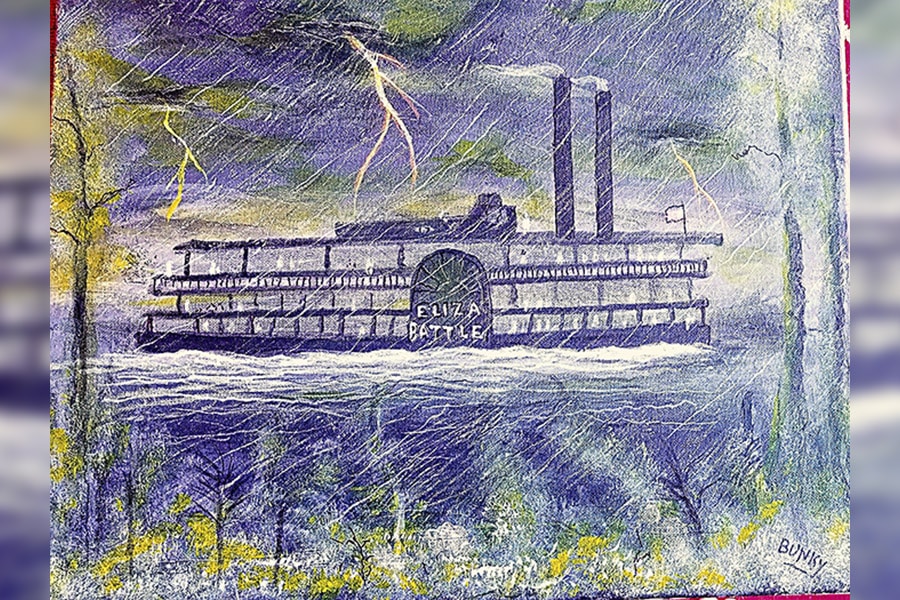

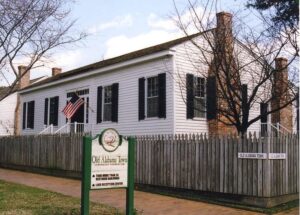

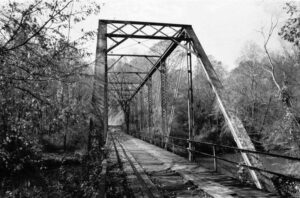

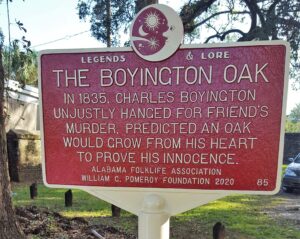

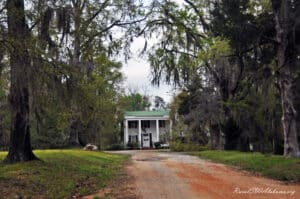
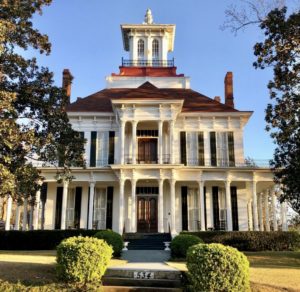
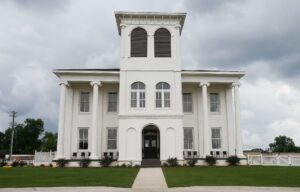



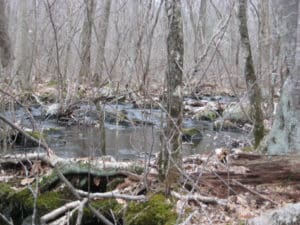




Leave a Reply